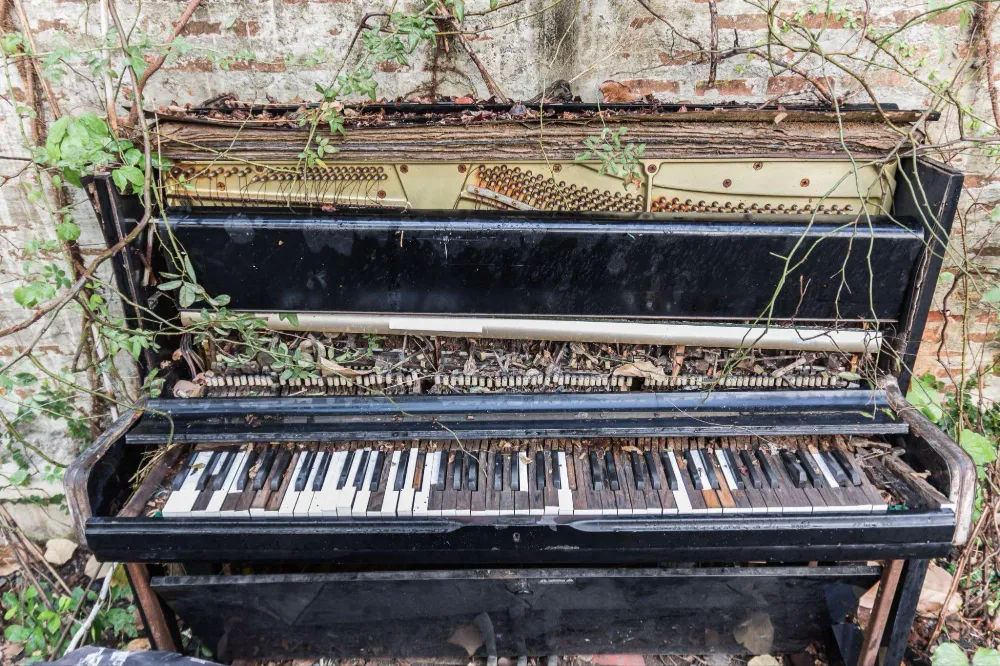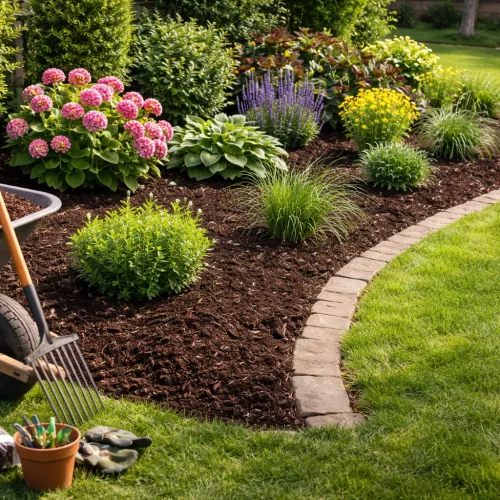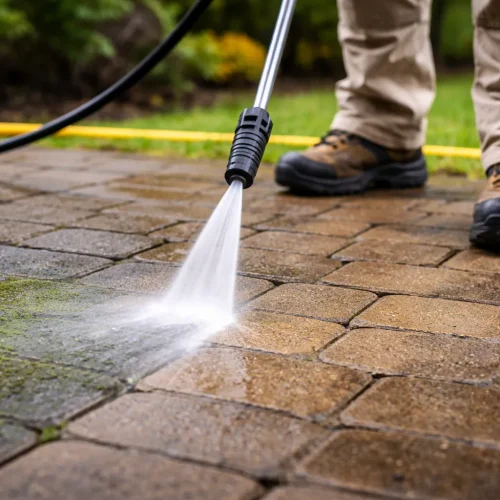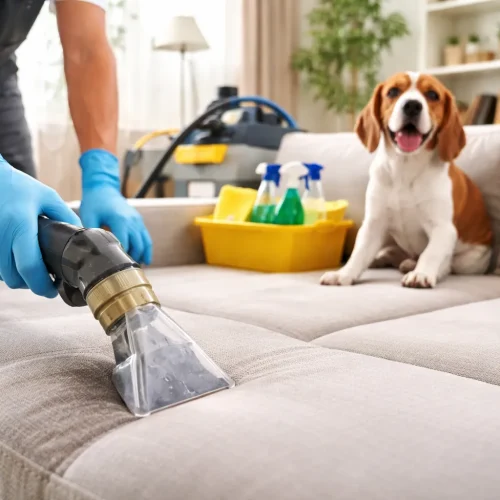
Getting rid of an old piano can be a surprisingly difficult task. Unlike other pieces of furniture, a piano is heavy, bulky, and not easy to transport. Whether your piano has gone out of tune, become damaged beyond repair, or simply no longer fits into your lifestyle, you might find yourself wondering how to remove it responsibly.
This guide will take you step by step through the process of disposing of a piano. We will cover practical options, eco-friendly solutions, and professional services that can help. By the end, you will have a clear understanding of how to handle piano removal in the safest and most efficient way.
Why Getting Rid of a Piano Is Challenging
Before looking at the steps, it helps to understand why pianos are not as easy to dispose of as a chair or sofa.
- Size and Weight – A standard upright piano can weigh between 200 and 400 kilograms, while a grand piano can exceed 500 kilograms. Moving one requires multiple people and specialist equipment.
- Delicate Construction – Despite their weight, pianos are made of delicate components like strings, felt, and wood, which can easily be damaged if moved incorrectly.
- Disposal Requirements – Pianos often contain metals, wood, and sometimes ivory, which require proper disposal methods. Simply dumping a piano is not a safe or legal option.
- Limited Demand – Old pianos, especially those beyond repair, have very little resale value. That means donating or selling them is often not realistic.
Because of these challenges, piano removal usually requires careful planning.
Step 1: Decide If the Piano Can Be Reused
Before disposing of your piano, consider whether it still has life left in it. A qualified tuner or restorer can assess whether it can be repaired. Sometimes, what looks like a broken instrument may only need a tune or a few part replacements.
If your piano is still playable, donating it could be a great option. Local schools, community centres, or charities may be interested in accepting it. However, you must check whether they can handle the logistics of moving it, as many organisations may decline due to the cost and effort involved.
Step 2: Explore Selling or Giving It Away
If your piano is in working condition, you might try selling it through online platforms such as Gumtree, Facebook Marketplace, or eBay. Be prepared to list it as “collection only” since most buyers will not expect delivery.
Alternatively, you could give it away for free. Many people list unwanted pianos online at no cost, with the condition that the new owner arranges the removal. While you may not make money from this option, it is one of the quickest ways to clear space in your home.
Step 3: Consider Professional Piano Disposal
When a piano is no longer usable, professional removal is usually the best solution. Services that specialise in piano disposal in London have the tools, vehicles, and experience needed to handle these heavy instruments. They can carefully remove the piano from your home, navigate stairs or tight hallways, and ensure that it is disposed of responsibly.
The advantage of hiring professionals is that they save you the physical strain and risk of injury, while also ensuring that the piano is not simply dumped into landfill. Many companies recycle or repurpose piano parts, making the process more environmentally friendly.
Step 4: Break Down the Piano (DIY Option)
For those who want to tackle the task themselves, dismantling a piano is an option. This method is time-consuming and requires protective gear, but it can make disposal easier.
- Remove the lid and music stand – These can usually be unscrewed easily.
- Take off the front panel – This gives access to the strings and hammers.
- Cut the strings – Piano strings are under high tension, so they must be cut carefully using heavy-duty cutters.
- Remove the harp – The cast iron plate inside is extremely heavy and may require two or more people to lift.
- Disassemble the wooden frame – Once the inner parts are removed, the wooden casing can be taken apart with a saw.
Once dismantled, you can transport the parts in smaller loads to a local recycling centre. This option is only recommended for people who have the tools, strength, and patience to handle the task safely.
Step 5: Choose Eco-Friendly Disposal Options
Sustainability is an important part of piano removal. Many people do not realise that pianos can be recycled. The wood, metal, and felt inside can often be reused or repurposed. Some companies even turn old piano wood into furniture or decorative items.
If you want to ensure your piano is disposed of responsibly, look for services that offer eco-friendly waste collection in London. These providers work with recycling centres to minimise landfill waste. Instead of simply discarding the piano, they make sure that as many parts as possible are reused.
By choosing eco-friendly disposal, you are reducing environmental impact while freeing up space in your home.
Step 6: Arrange Transport and Removal
Whether you are giving your piano away, selling it, or hiring professionals, transport arrangements are key. Pianos cannot be moved in standard cars or vans without proper equipment.
Professional movers use piano dollies, straps, and padding to protect both the instrument and your property. Attempting to move a piano without the right tools can result in damage to walls, floors, and even injuries. For this reason, most people prefer to let experts handle the logistics.
Step 7: Prepare Your Home Before Removal
Before the movers arrive or before you begin DIY dismantling, take some simple preparation steps:
- Clear pathways – Remove any furniture or obstacles in the way.
- Protect floors – Lay down protective sheets to prevent scratches or dents.
- Measure doorways and staircases – Ensure the piano can fit through.
- Inform neighbours if necessary – Moving a piano can be noisy and disruptive, especially in shared buildings.
Preparation can make the removal day smoother and quicker.
Step 8: Confirm Legal and Safe Disposal
Disposing of large items like pianos is subject to waste disposal regulations. In many areas, it is illegal to leave bulky waste on the street. That is why working with licensed disposal services is so important.
When booking a professional service, always check that they are registered waste carriers. This ensures that your piano will be disposed of legally and responsibly, with proper recycling wherever possible.
Costs Involved in Piano Removal
The cost of piano disposal can vary depending on location, piano type, and access. On average, professional removal in the UK can range from £80 to £300. Upright pianos usually cost less to remove than grand pianos, which are much larger and heavier.
Extra charges may apply if stairs are involved, or if the piano needs to be dismantled before removal. However, many people find that the cost is worth it, considering the difficulty of handling the job alone.
Alternatives to Disposal
If you are sentimental about your piano and do not want to see it scrapped, consider alternative uses:
- Upcycling – Some people convert old pianos into bookshelves, desks, or even bars.
- Art Projects – Pianos can be repurposed into unique pieces of furniture or decoration.
- Garden Features – Weatherproofed pianos can be turned into creative garden displays.
While not for everyone, these creative solutions can give your piano a second life.
Local Example: London Piano Disposal
If you are based in the capital, there are many local services that can help with piano disposal in London. These companies understand the unique challenges of navigating London’s narrow streets and busy areas. They also work closely with recycling centres across the city, making the process both efficient and environmentally responsible.
For those focused on sustainability, services offering waste collectors in London are particularly valuable. They provide peace of mind that your piano is not just dumped into landfill but is handled in a way that benefits the environment.
Final Thoughts
Getting rid of an old piano can feel overwhelming, but with the right approach it becomes a manageable task. By following these steps—assessing whether the piano can be reused, exploring selling or donation options, hiring professional removal services, or dismantling it yourself—you can find the best solution for your situation.
Above all, remember the importance of responsible disposal. Whether you choose piano disposal in London services or arrange eco-friendly waste collection in London, the goal should be to reduce waste and recycle as much as possible.
Your old piano may no longer play music, but with the right disposal choice, it can still serve a purpose in a new form.












